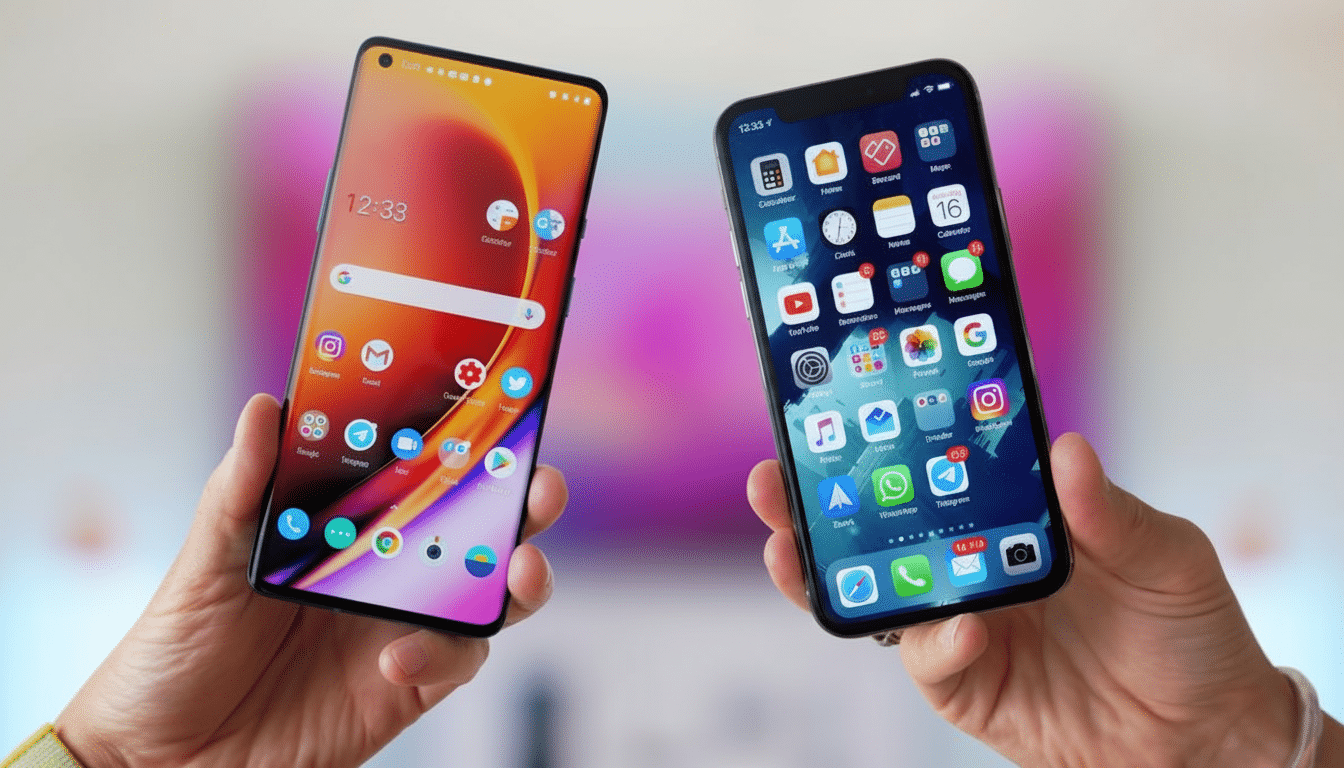Google’s latest Quick Share tweak quietly turns the tables on a longtime mobile file-sharing pattern. And it’s no longer a one-way bridge from Android to iPhone — iPhones can now AirDrop files straight onto an Android device, on the Pixel 10 series at launch, making these real two-way cross-platform transfers that feel like they’re part of the system on either end.
What changed and how cross-platform AirDrop transfers work
Until now, Quick Share (formerly Nearby Share) and AirDrop pretty much existed in their own silos, leaving cross-device families no choice but to default to messaging apps or cloud links.

In this update, an iPhone user goes through the typical AirDrop process, and a Pixel 10 will show up as a share target just like another nearby Apple device would. The transfer is a direct, local peer-to-peer connection, not through any servers.
The magic is in the timing and modularity. Discovery relies on AirDrop’s Everyone for 10 minutes mode on iPhone and a corresponding visibility window on Android. On the Pixel side, you can either set Quick Share’s “Who can share with you” option to “Everyone for 10 minutes” or simply tap Receive in Quick Share to make your device visible. The phone momentarily exposes itself to nearby iPhones, which allows for one-tap handoffs of photos, videos, documents, and more.
Under the hood, the devices establish a secure peer-to-peer connection using local radios such as Bluetooth for discovery and Wi‑Fi for high-speed transfer — an approach similar to how both AirDrop and Quick Share have operated within their ecosystems for years.
Setup steps and compatibility for iPhone and Android sharing
The feature is debuting first on Pixel 10 devices with the updated Quick Share app. Google says more Android devices will be included over time. For the time being, if you’re running an Android phone and your device hasn’t been updated with the new Quick Share build, the option will not show up in the AirDrop picker on any iPhone.
On iPhone, there’s nothing to install. Users pick AirDrop from the share sheet, enable Everyone for 10 minutes if necessary, and select the Pixel when it appears. On Android, visibility is deliberately ephemeral to keep spam and accidental exposure in check, which aligns with Apple’s approach to findability and a general trend toward momentary discoverability.
Real-life example: you take a 4K iPhone clip at a concert, open AirDrop to Everyone for 10 minutes, your friend taps Receive in Quick Share on Pixel‑IDKKJD (the untitled Andromeda Strain), and the file zips right over without being compressed out of individual highlights or stripped of watermarks and metadata.
Security and privacy details for these peer-to-peer transfers
Google notes that transfers are undertaken over a direct and secure peer-to-peer connection. The company says files aren’t routed through cloud servers, activity isn’t logged, and no additional personal data is shared other than what’s necessary for the connection. Google also states the system was audited by external security experts.

The model of temporary visibility is one such important safeguard. Your Android phone doesn’t permanently expose itself to strangers by default — you either agree to a short window or manually tap Receive. Google is also considering supporting AirDrop’s Contacts Only mode, which would further restrict discoverability — though that would entail working with Apple to reconcile identity and trust between the two ecosystems.
Why this cross-platform file sharing upgrade really matters
This notably eases a long-standing headache for mixed-device households, creative teams, and most of all BYOD-happy workplaces. No more emailing giant video files, no more cloud links for one photo, and less of the messaging-app compressions that look all mushy. It’s basically a native, high-speed handoff that honors the original formats and EXIF data.
The shift is part of a general wave toward useful interoperability in the consumer tech world. Android accounts for about 70 percent of smartphones around the world, Counterpoint Research estimated, but iPhone is still big in certain markets. Easy sharing across that divide is not a convenience but table stakes for modern workflows and social sharing.
There’s a strategic angle, too. By sewing up the last mile between platforms, Google minimizes friction that might otherwise push users into a single-vendor lock-in. It also goes a long way toward providing a more approachable on-ramp to Android for those users who are constantly having to share files with iPhone owners, be it in the course of school projects, field reporting, or event coverage.
What comes next for wider support and Contacts Only mode
Check for availability of this feature beyond the Pixel 10 series after launch and testing. Wider Android compatibility would also make it much more across-the-board useful, particularly as OEMs update their builds of Quick Share.
What remains to be seen is full Contacts Only interoperability. This would eliminate having to temporarily unhide your device and could potentially cut down on spamming in populated areas. It will likely be brought about with shared trust mechanisms between Apple and Google, not just radio-level interoperability.
What the headline for now should be: iPhone-to-Android AirDrop works, it’s fast, and it feels native. If you have a Pixel 10 on your person, you can finally accept that AirDropped file directly, no workaround needed — and that’s a lot more than meets the eye when it comes to everyday tech life.

